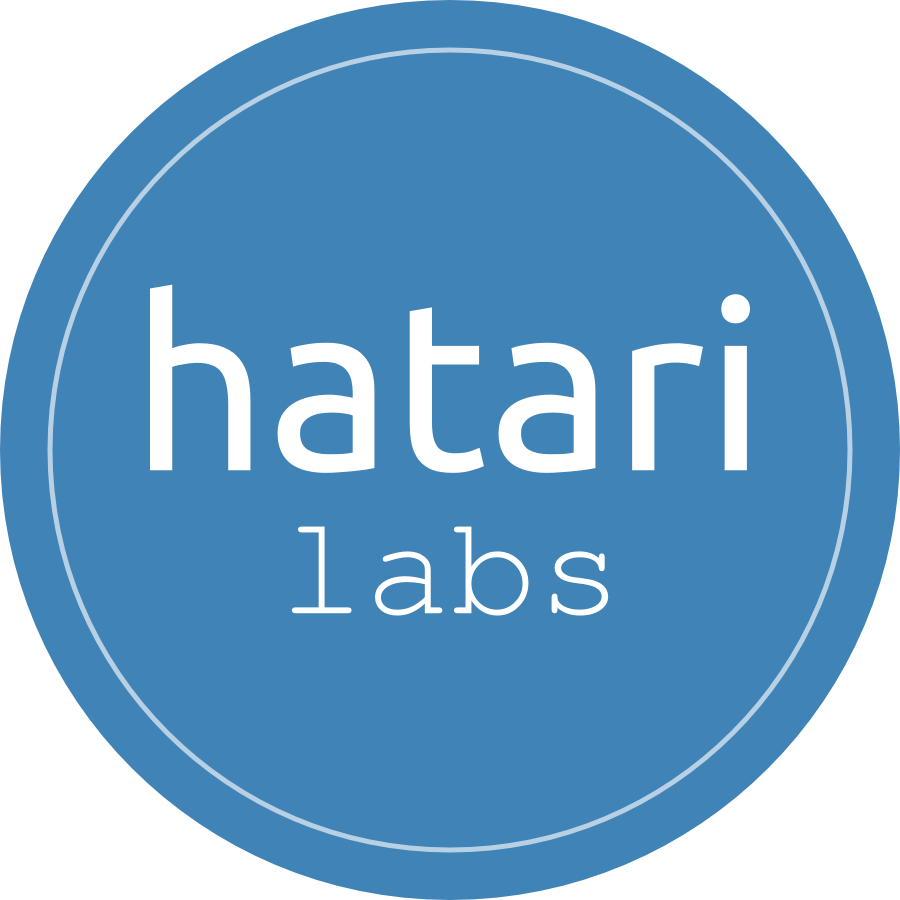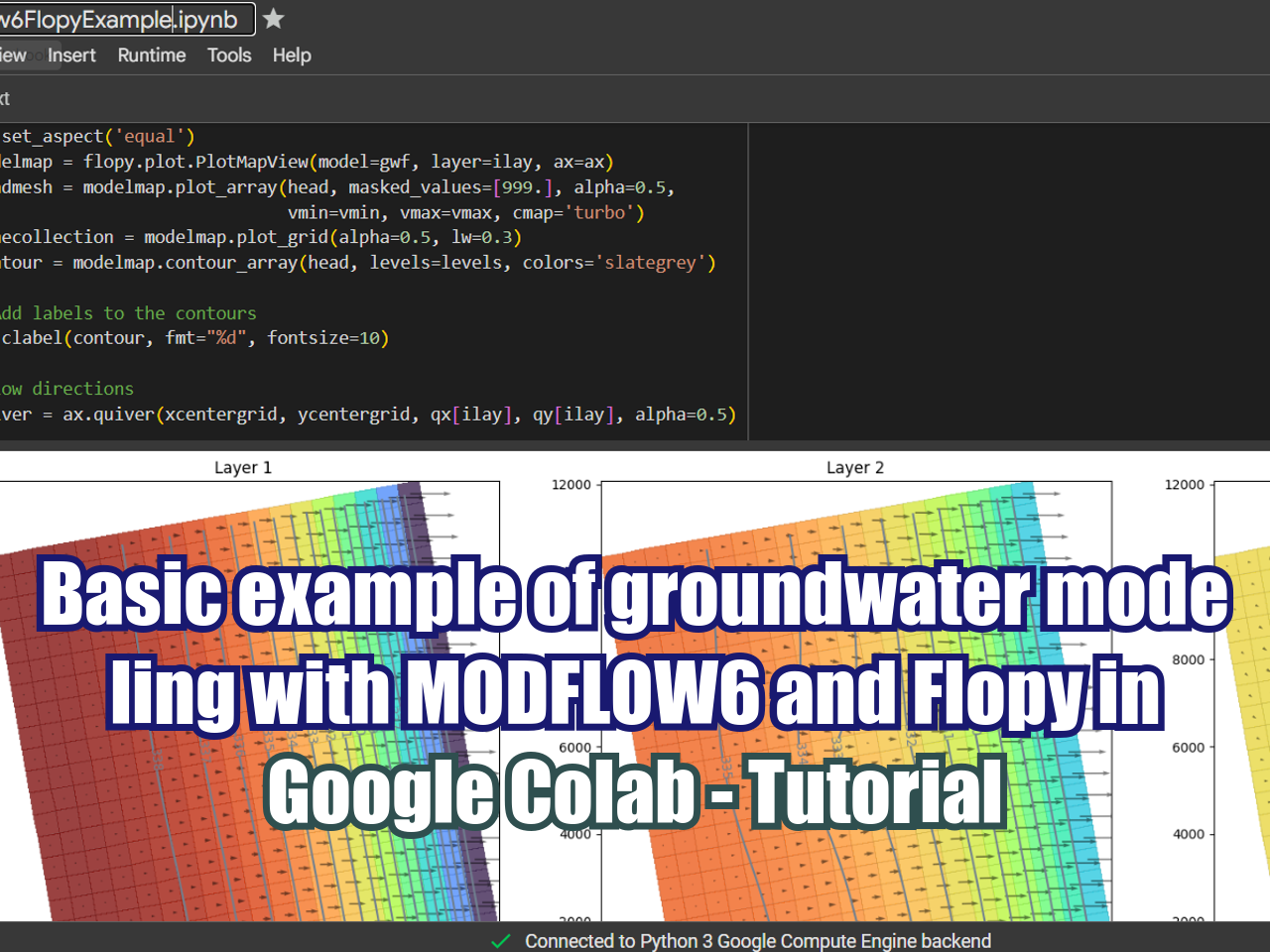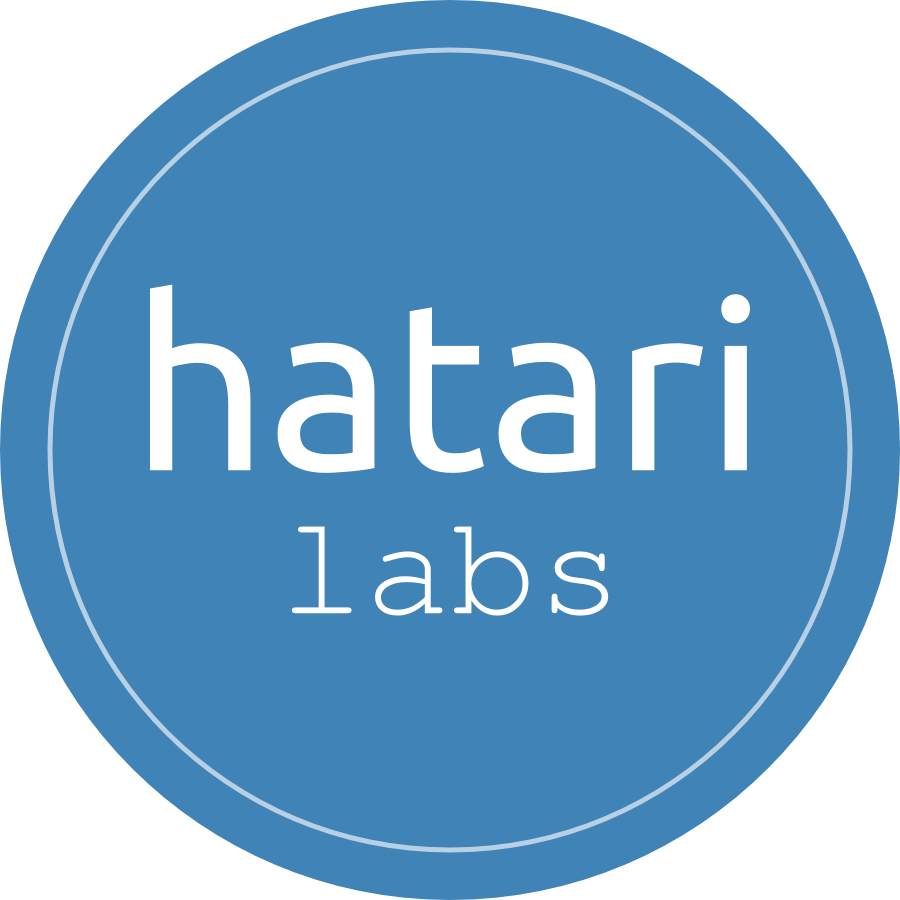How to manage psychological stress of hydrogeologists / numerical modelers?
/Over the time, we have seen numerical modeling as a great tool for the evaluation of the groundwater flow regime and we might have seen numerical modelers as high level professionals with strong analytical capabilities that can provide all the answers we need to proof that a project is sustainable or the accuracy of a predictive simulation. On a broad perspective we might have overestimated the numerical modeling exercise and sometimes deified numerical modelers, but by sure we haven’t seen them as humans.
Read More























